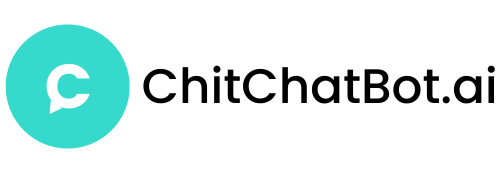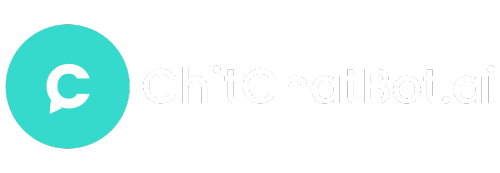Sending WhatsApp template messages from the inbox on app.chitchatbot.ai is a powerful way to streamline communication with your customers. Whether you’re sending order confirmations, appointment reminders, or promotional updates, template messages ensure consistency and professionalism.
WhatsApp Messaging Rules: A Quick Recap
WhatsApp messaging is divided into two types of conversations:
- User-Initiated Conversations – Chats started by the user.
- Business-Initiated Conversations – Chats started by the business and sent to the user.
Whenever a user interacts with your WhatsApp chatbot, a 24-hour messaging window opens. During this window, businesses can send any type of message, including promotional and non-promotional messages. If you need to send a message outside of this 24-hour window or initiate a conversation, you must use WhatsApp message templates.
Key Considerations:
- Only verified businesses can send WhatsApp message templates, requiring verification with Facebook (Meta).
- Templates fall under specific categories, each designed for different use cases.
- Every WhatsApp message template must be approved by WhatsApp, though this process is usually quick.
WhatsApp Message Template Categories
There are three main types of WhatsApp template messages:
1. Utility Templates
Used for transactional or account-related updates. Examples include:
- “Thank you for your reservation.”
- “Your order has been shipped.”
- “This is a reminder about your appointment tomorrow.”
2. Authorisation Templates
Exclusively used for two-factor authentication. Example:
- “Your verification code is XYZ123. This code expires in 5 minutes.”
3. Marketing Templates
Used for promotional content, offers, or event invitations. Examples include:
- “If you buy X product, you will get Y free.”
- “Our store has moved! Visit us at our new location.”
- “You left your basket empty; we’ve saved it for you.”
Important: You must obtain user permission before sending messages. For instance, if a customer provides their phone number at checkout, you must request consent before sending order updates.
Creating a WhatsApp Template Message on ChitChatBot.ai
Step 1: Ensure WhatsApp Channel is Connected
Before creating templates, verify that your WhatsApp channel is connected. Refer to the setup guide: WhatsApp Business Chatbot Setup.
Step 2: Navigate to Template Messages
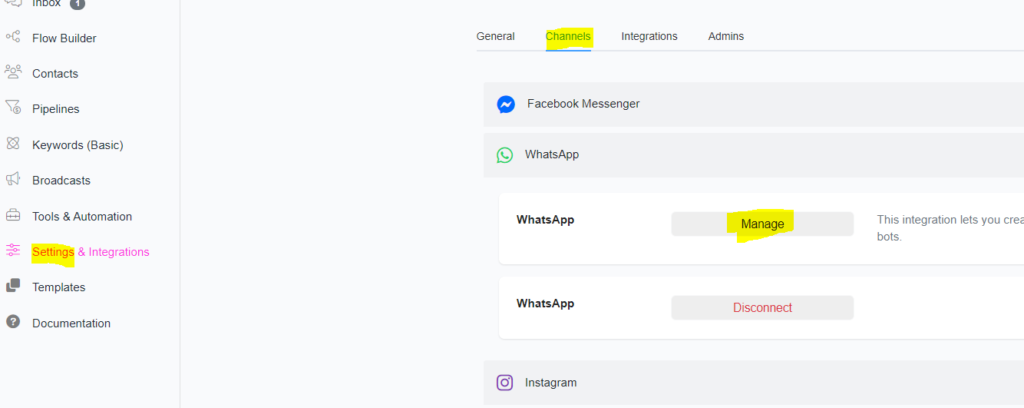
- Go to Settings (Left Side Menu) > Channels > WhatsApp > Manage.
- Click Template Message in the menu tab.
- Click Add to create a new template.
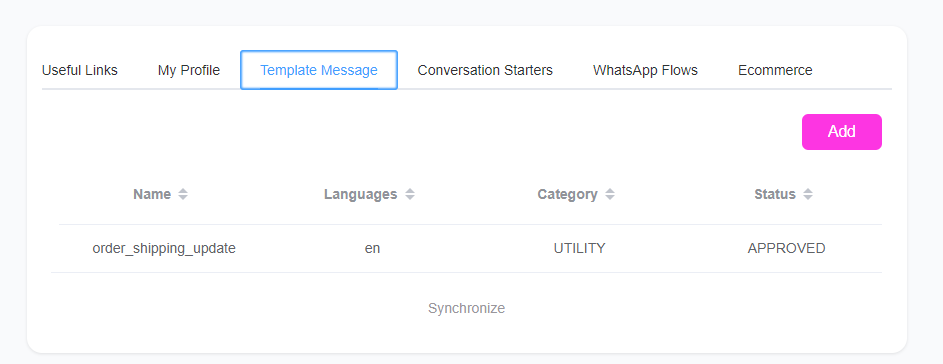
Step 3: Configure Your Template
- Select your content type (text, image, carousel, product catalogue, video, etc.).
- Assign a template name (e.g.,
coupon_code_post_purchase). - Select the language of your message.
- Choose the appropriate category (Utility or Marketing). For example, if sending a thank-you promo code post-purchase, select Marketing.
- Use the WhatsApp interface mock-up to design your message. You can add headers, footers, and dynamic placeholders (e.g.,
{{first_name}}). - Click Save. Your new template status will be Pending until WhatsApp approves it (usually within minutes).
- If you have created templates directly in WhatsApp Manager, click Synchronise to import them into ChitChatBot.ai.
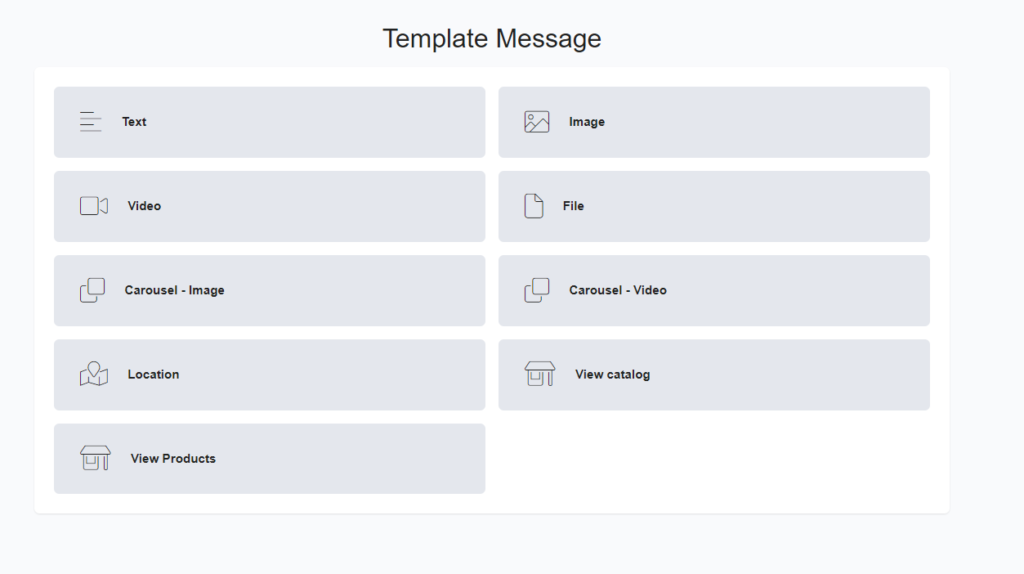
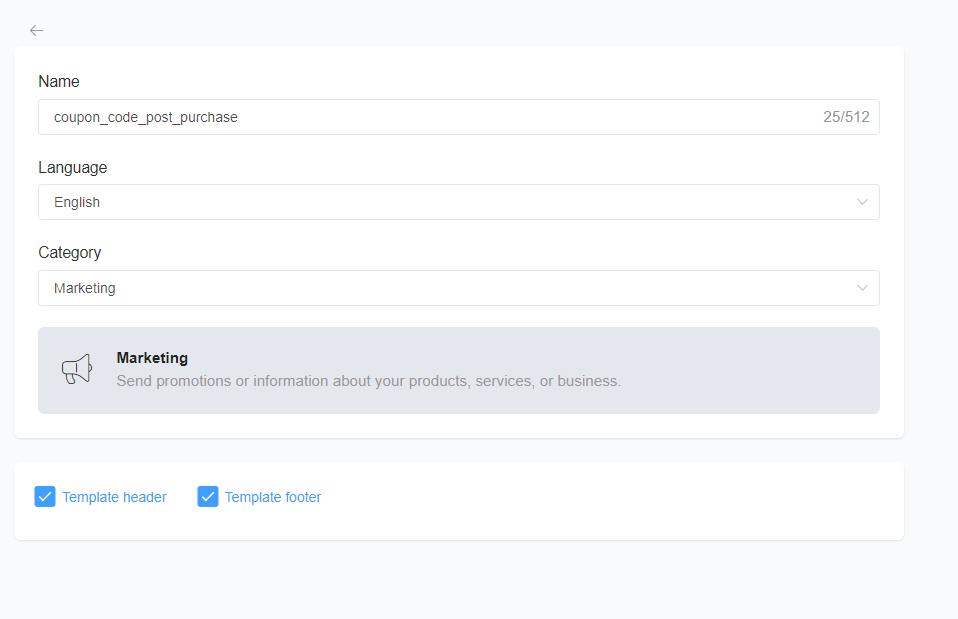
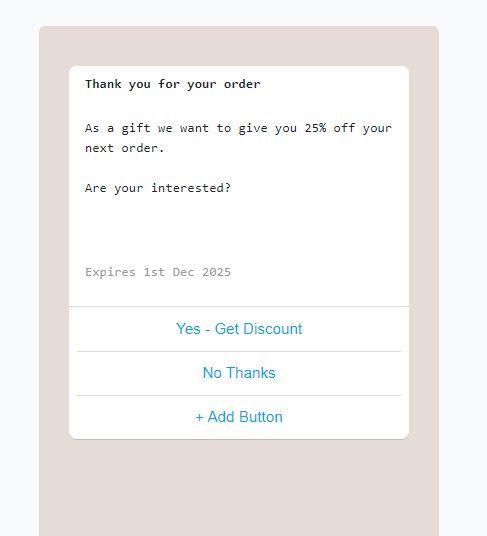
Using Message Templates in Chat Automation
- Open Flow Builder.
- Click Add to create a new flow (or edit an existing one).
- In the message node, select WhatsApp > Template Message and choose your template.
- Link the template message to additional actions, flows, or automations.
Tip: Embedding templates into flows enhances automation and optimises engagement.
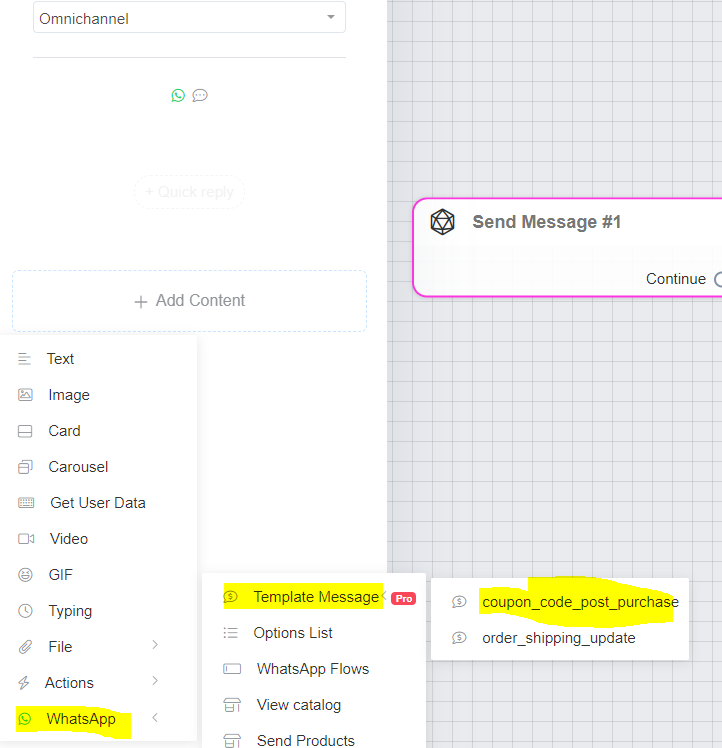
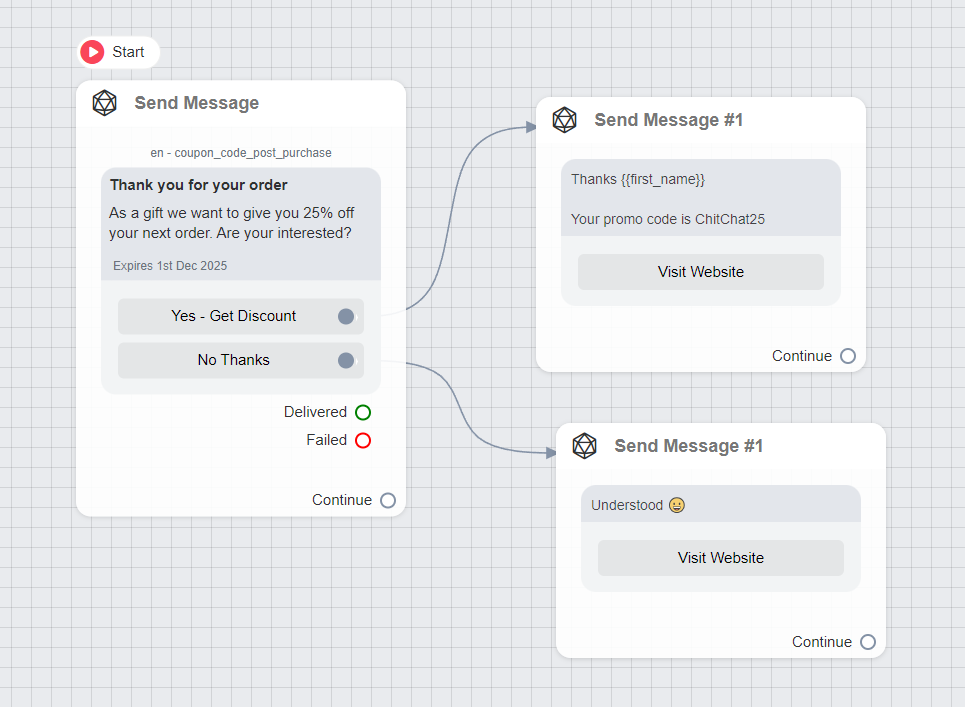
Sending a WhatsApp Template Message from the Inbox
- Open the Inbox and select a contact.
- Click the hamburger icon (three horizontal lines).
- Choose Template Message or Send Flow (if the template is embedded in a flow – recommended).
- Select the desired WhatsApp Template Message or Flow (that includes the template as the first message)
- Click Send to deliver instantly or use the clock icon to schedule the message. (You can also use Triggers & Actions within our tools to setup automated rules that trigger flows.)
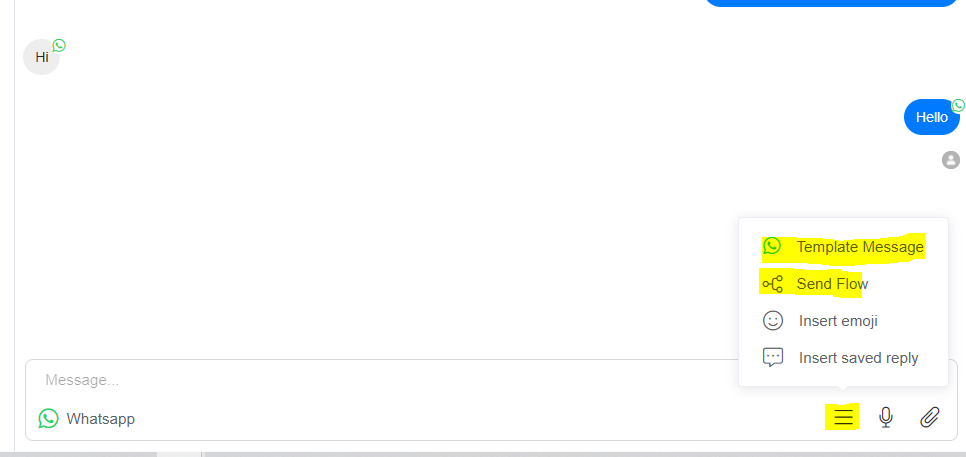
Important Information About Pricing
- Ensure a payment method is linked to your WhatsApp/Meta account.
- Sending template messages incurs a fee, but pricing varies.
- From April 1, 2025:
- Utility templates within a 24-hour customer service window are free.
- Other templates are charged per message, not per conversation.
- The first 1,000 conversations per month (including business-initiated ones) are free.
- After exceeding the free limit, a per-message fee applies.
- Conversations initiated via Click-to-Action (CTA) buttons or Click-to-WhatsApp Ads have a 72-hour free messaging window, provided businesses respond within 24 hours.
For the latest pricing details, visit: WhatsApp Business Pricing.
Real-World Use Cases
Here are some practical ways businesses use WhatsApp template messages:
- E-commerce: Order confirmations, shipping updates, and delivery notifications.
- Healthcare: Appointment reminders and test result notifications.
- Travel: Booking confirmations, flight updates, and check-in reminders.
- Education: Class schedule notifications, exam reminders, and fee payment alerts.
Expert Tips for Success
- Keep It Concise: WhatsApp template messages are limited to 1,024 characters, including placeholders.
- Personalise Where Possible: Use dynamic fields (e.g., customer name, order number) to increase engagement.
- Test Before Sending: Always preview messages before sending.
- Follow WhatsApp Guidelines: Avoid promotional content in Utility templates, as they are intended for transactional use. Be aware of regional laws and WhatsApp policies regarding template messaging.
By following this guide, you can efficiently create and send WhatsApp template messages using ChitChatBot.ai, ensuring effective customer communication while staying compliant with WhatsApp’s policies.
